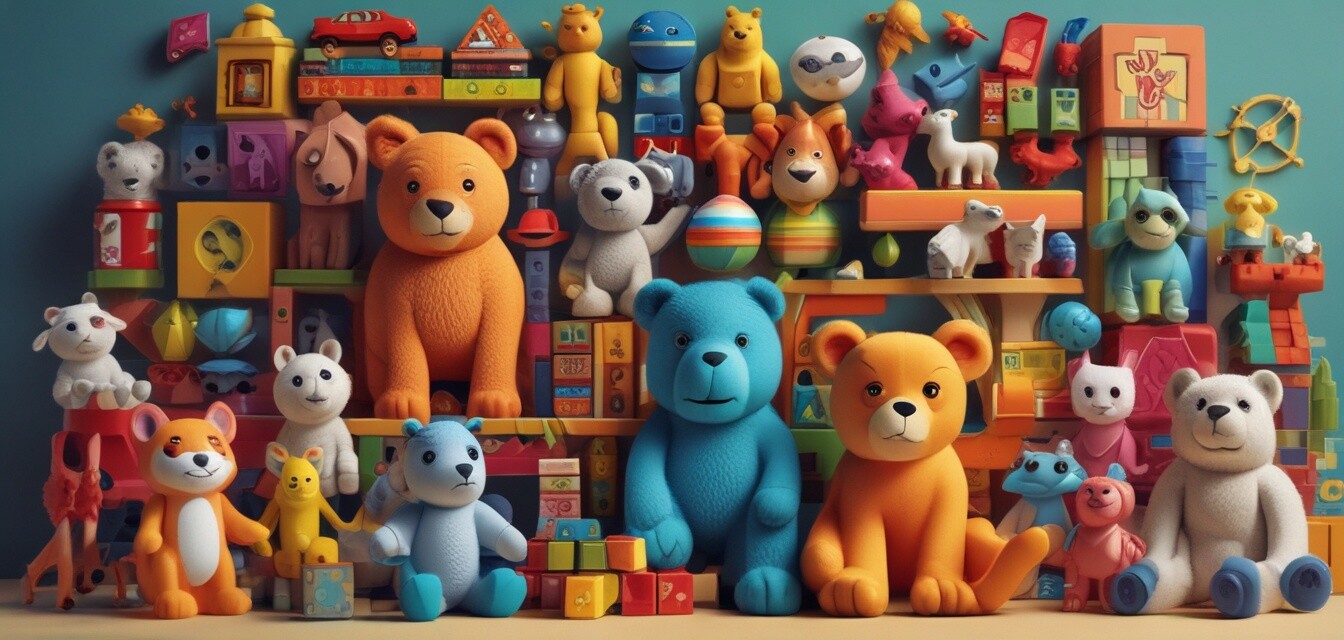
Essential Toy Safety Tips Every Parent Should Know
Key Takeaways
- Check age recommendations on toy packaging.
- Look for safety certifications like ASTM and EN71.
- Regularly inspect toys for wear and tear.
- Avoid toys with small parts for younger children.
- Be informed about recalls and safety alerts.
Toy safety is crucial in ensuring a safe and enjoyable playtime for your children. As parents, understanding the toys your kids are playing with can significantly reduce risks related to toy-related injuries. In this comprehensive guide, we will discuss essential safety tips that every parent should know to ensure their child’s playtime is both fun and safe.
The Importance of Toy Safety
Children learn and grow through play, and toys play a vital role in their development. However, the safety of these toys cannot be compromised. Safe toys enrich learning experiences while reducing the chances of accidents. According to reports, thousands of children are treated in emergency rooms each year due to toy-related injuries. Being aware of toy safety can help parents minimize these risks.
Key Safety Guidelines to Follow
Age Appropriateness
Always check the age recommendations on toy packaging. Toys are designed with specific age groups in mind, and products that do not meet the developmental needs of your child can lead to choking hazards or injury.
| Age Group | Recommended Toy Types |
|---|---|
| 0-2 years | Soft toys, rattles, and stacking blocks |
| 3-5 years | Educational toys, art supplies, and simple building sets |
| 6+ years | Board games, action figures, and advanced building sets |
Look for Safety Certifications
Ensure that the toys have safety certifications to guarantee they meet necessary regulatory standards. Look for labels such as:
- ASTM: American Society for Testing and Materials
- EN71: European Standard for Toy Safety
- CE Mark: Conformité Européenne, indicating compliance with EU safety standards
Regular Inspections
It's important to regularly inspect your child's toys for any signs of damage. Broken or worn-out toys can be hazardous. Here are some things to check:
- Loose parts
- Torn edges or seams
- Choking hazards, especially in toys meant for older kids
- Paint that may be chipped
Be Mindful of Small Parts
For younger children, avoid toys that contain small parts. The potential for choking is serious. Always refer to the warnings about small parts on toy packaging and keep toys designed for older kids out of reach.
Stay Updated on Recalls
Be informed about toy recalls and safety alerts. Websites such as the Consumer Product Safety Commission (CPSC) publish updates on hazardous toys. Regularly check for any active recalls to ensure your child’s safety.
Educational and STEM Toys
While it's a privilege to educate children through play, one must also be cautious. When opting for STEM educational toys, ensure they come with proper safety certifications.
For more insights on selecting safe toys, visit our comprehensive range of STEM Educational Toys.
Conclusion
Understanding toy safety is essential for every parent. By following these tips, you can ensure that your child's playtime is not only entertaining but also safe. Make informed choices about toys and stay vigilant to protect your children from unnecessary harm.
Pros
- Ensures children’s safety during playtime.
- Promotes awareness of product standards.
- Encourages responsible toy selection.
Cons
- Can be overwhelming to navigate safety guidelines.
- Some parents may overlook inspection duties.
Tips for Parents
- Make toy safety discussions a family affair.
- Encourage children to put toys away to prevent accidents.
- Educate your children about the importance of safe toys.